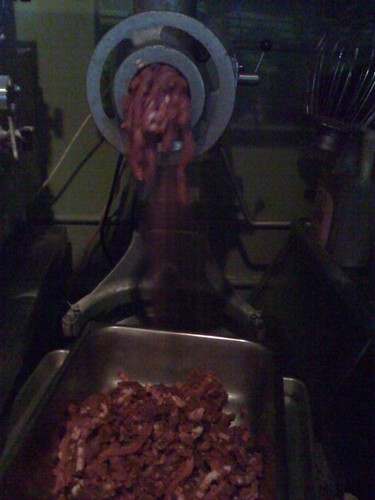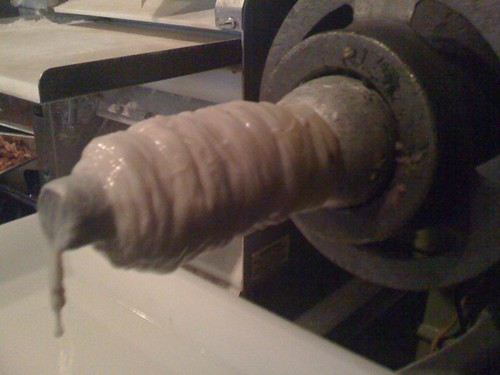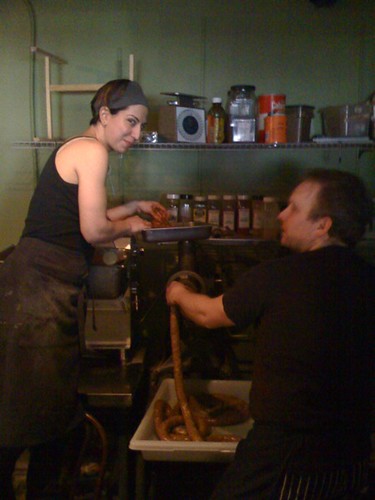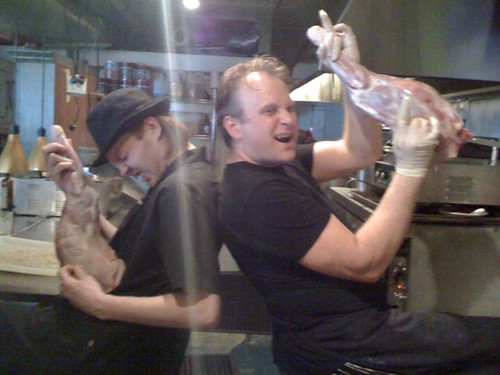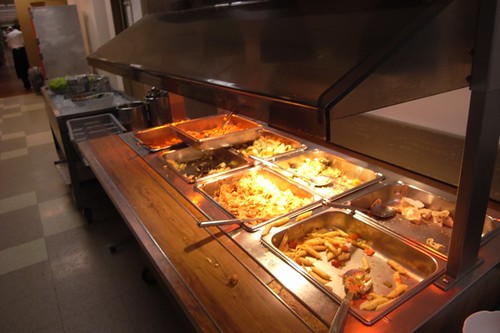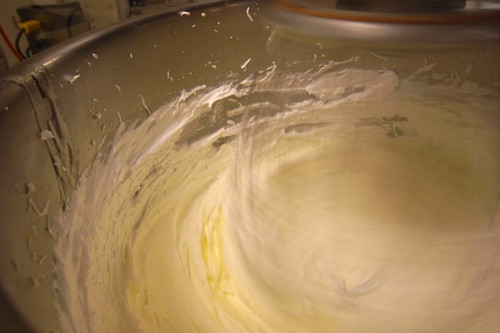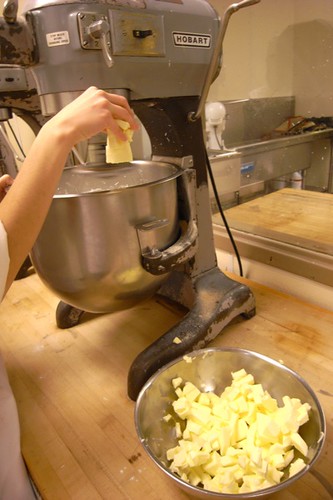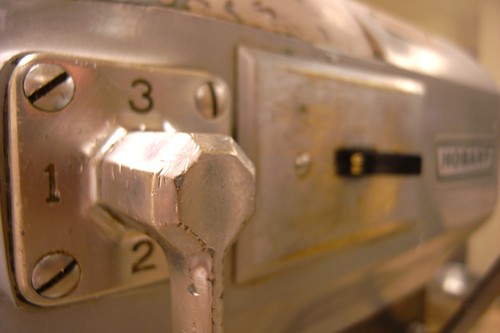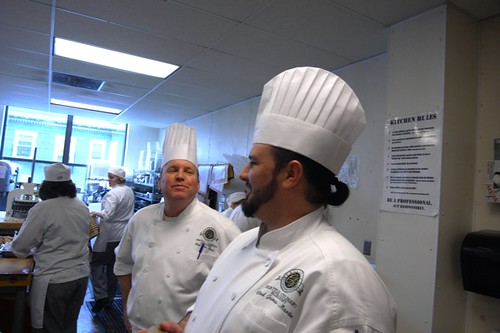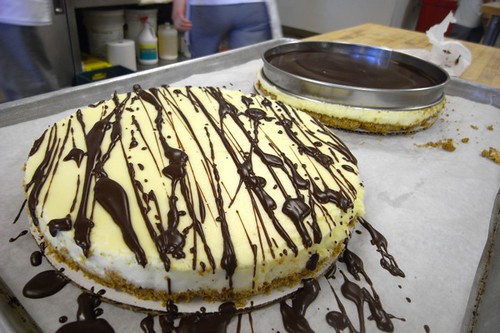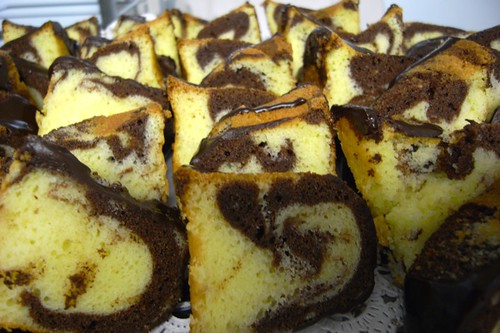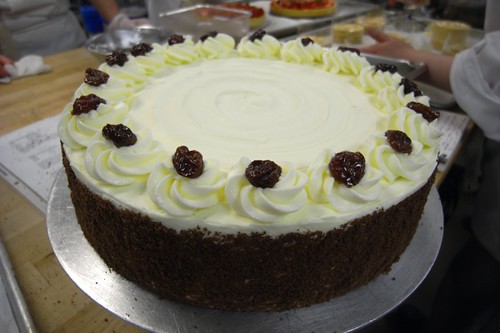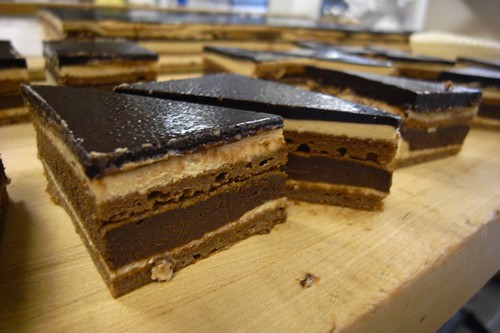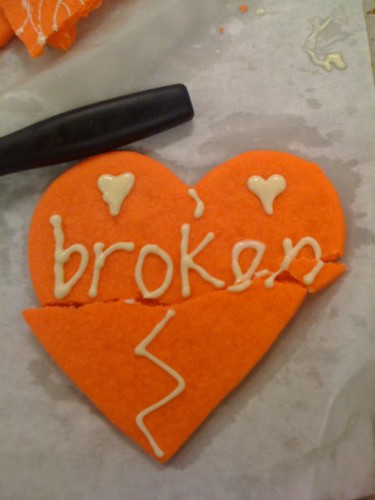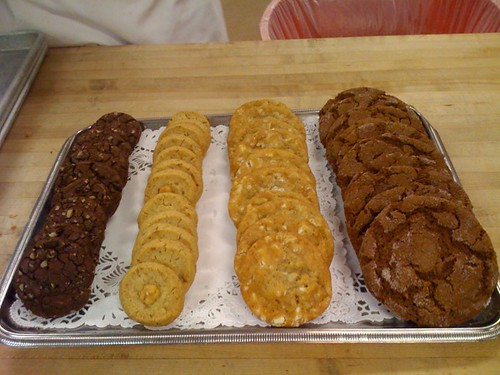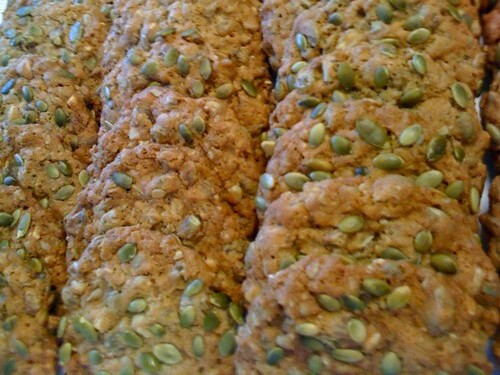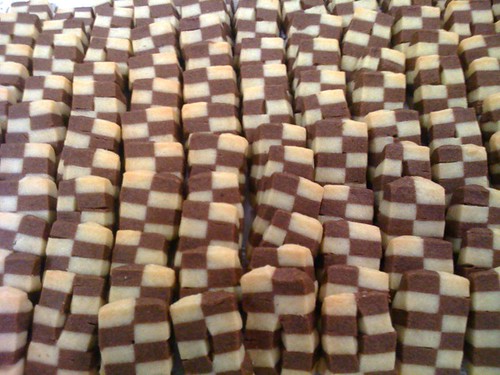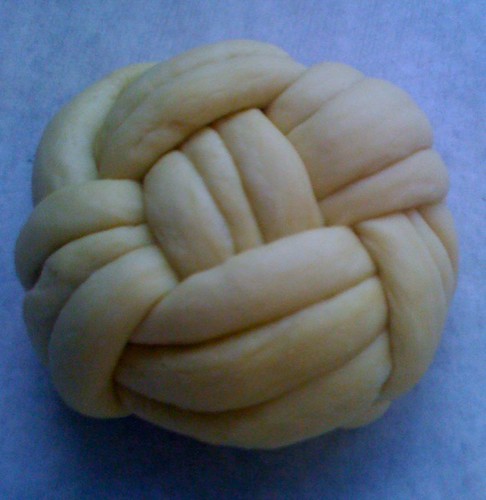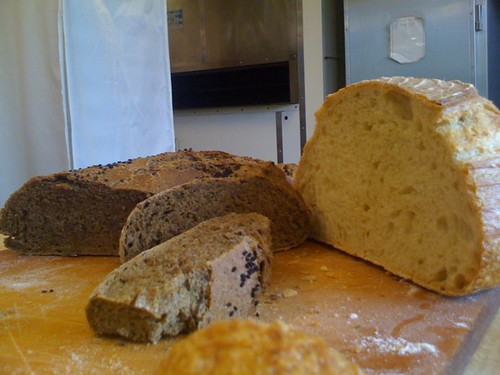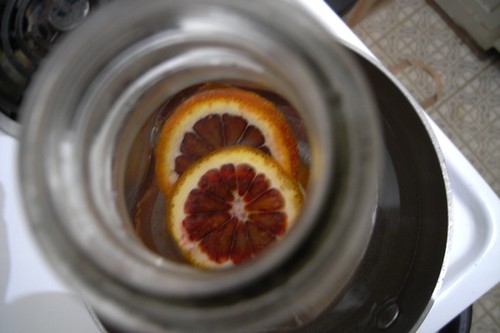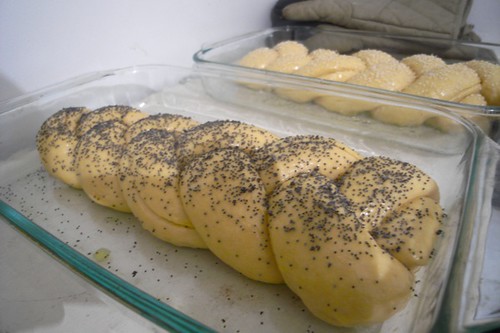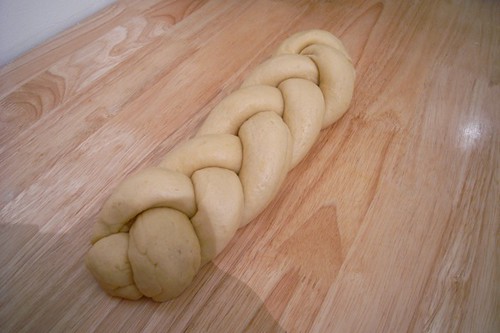This is a variation on a completely delicious lemon curd tart that I made for a dinner party. I love blood oranges and so I wanted to see if using orange would make the tart even *more* delicious.
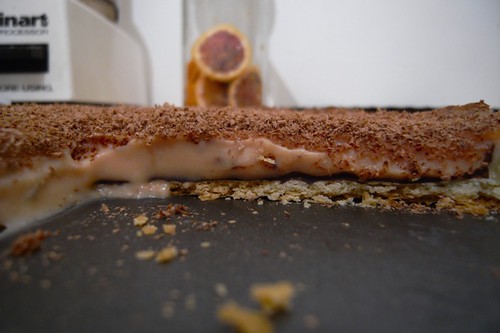
You can see the blood orange vodka bottle in the background- I had bought an entire bag of blood oranges at the store and was on a bit of a bloody orange bender. While I followed the process for the lemon tart precisely, substituting blood orange juice for the lemon, the tart never set properly. It was always a bit too loose, even after 24 hours, and the color... well, let's just say that the color is probably the reason no one makes these. Eggs, butter and lemon make a vibrant, appealing yellow. Eggs, butter and blood orange made a... well, sort of a pepto-salmon pinky-orange blush hue. Words do not quite suffice.
I covered the top in chocolate shavings to rescue my eyes, but still. Back to lemons it is. For all that, the flavor is okay. Not spectacular. As it turns out, I prefer the contrast of a very tart lemon with the dark chocolate. I'd have a picture of that tart-- I've made it twice with lemon now-- but once sliced, it never lasted long enough to take a picture.
I will find a way to make a blood orange and chocolate tart. Just you wait.
Blood Orange Tart, adapted from Sunday Suppers at Lucques
1 recipe pate sucree (follows below; or use your favorite tart shell recipe)
2 oz bittersweet chocolate
4 extra large eggs
3 extra large egg yolks (I had only large eggs and so used 5 whole eggs and 3 yolks)
1 cup + 1 TBS granulated sugar (I used less; adjust to taste)
1 cup blood orange juice (or meyer lemon, or just plain lemon)
10 TBS cold unsalted butter, cut into small pieces
pinch of kosher salt
1 cup heavy cream (optional)
NOTE (from Susanne Goin):
This tart should be served cold, so make it at least a few hours before serving. When you make the lemon curd, you need to stir it the entire time. For an ultra-smooth curd, I use both a whisk and a rubber spatula, alternating between the two as I stir. Start with the whisk, and as the mixture begins to get frothy, switch to the spatula (which helps to get rid of the froth), scraping the bottom and sides continuously. Remove the curd from heat and let it cool slightly before pouring it over the hardened chocolate layer. Don't cool the curd completely before pouring or it will lose its nice sheen. You can also make this tart with regular lemon juice.
- Preheat the oven to 375 F.
- Line the tart pan with the pate sucree. Prick the bottom with a fork and line it with coffee filters or parchment paper. Fill the lined tart shell with beans or pie weights and bake 15 minutes, until set. Take the tart out of the oven and remove the weights or beans. Return the tart to the oven for another 10-15 minutes, or until crust is an even golden brown. Set aside on rack to cool completely.
- Melt the chocolate in a double boiler over medium low heat. Spread the chocolate evenly on the crust, and chill in the refrigerator for at least 15 minutes, until the chocolate has solidified completely.
- While the crust is chilling, make the curd. Whisk the eggs, egg yolks, sugar, and lemon juice together in a heavy-bottomed saucepan. Cook over medium heat, stirring continuously, alternating between a whisk and a spatula (or just use a whisk), until the lemon curd has thickened to the consistency of pastry cream and coats the back of a spatula/spoon.
- Remove the lemon curd from heat. Add the butter a little at a time, stirring to incorporate completely. Season with the salt.
- Let the curd cool about 8 minutes, then strain it into the prepared tart shell. Chill the tart in the refrigerator.
-Whip the cream to soft peaks and serve with the tart. (optional)
Pate Sucree
(makes enough for two tarts)
This is an easy, excellent pate sucree recipe, but you can use whatever one you like, or a store-bought crust if you're pressed for time.
1/4 cup heavy cream
2 extra-large egg yolks (I use 3 large)
2 3/4 cup + 2 TBS all-purpose flour
1/4 cup + 3 TBS granulated sugar
1/4 tsp kosher salt
1/2 lb unsalted butter
- Whisk the cream and eggs together in a small bowl.
- In a stand mixer fitted with the dough hook, combine the flour, sugar, salt, and butter on medium speed until you have a coarse meal. Gradually add the cream and yolks and mix until just combined. Do not overwork the dough.
- Transfer the dough to a large work surface and bring it together with your hands to incorporate completely. Divide the dough in half, shape into 1" thick discs, and wrap one to freeze and use later. (You can also line a tart pan and freeze the whole thing that way to be even lazier later.)
- If the dough is too soft, put it in the fridge for 5-10 minutes to firm up. If it is manageable, place it on a lightly floured work surface, sprinkle a bit of flour over the top, and roll it into a 1/4" thick circle, flouring as necessary. Starting at one side, roll/wrap the dough around the rolling pin to pick it up and unroll over a 10" tart pan. Gently fit the dough loosely into the pan, lifting the edges and pressing the dough into the corners/flutes with your fingers. To remove the excess dough, roll the rolling pin over the top of the tart pan for a clean edge, or work your way around the pan, pinching off excess with your fingers.
- Chill for one hour.
